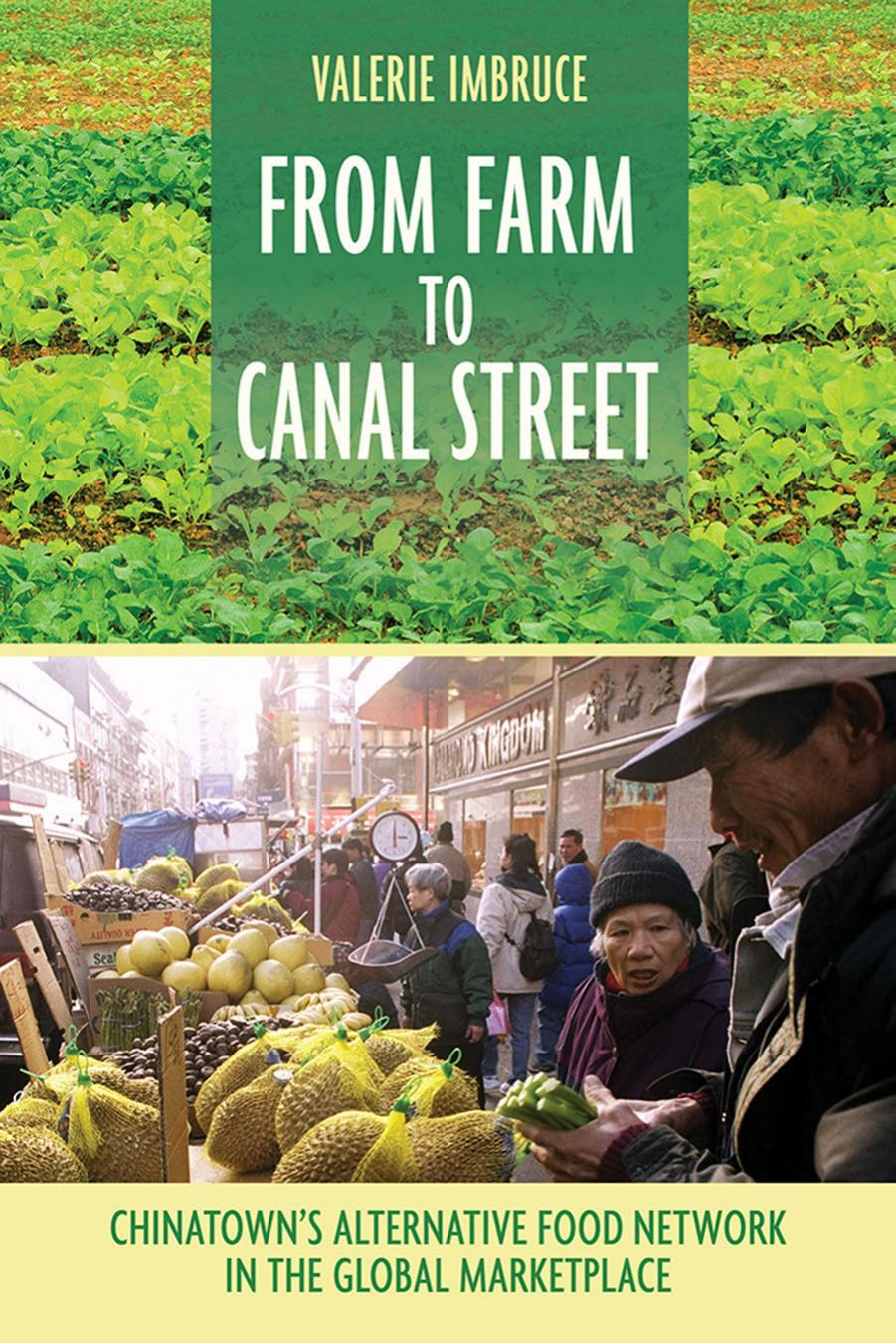From Farm to Canal Street: Chinatown's Alternative Food Network in the Global Marketplace by Valerie Imbruce

Author:Valerie Imbruce [Imbruce, Valerie]
Language: eng
Format: azw3, pdf
Publisher: Cornell University Press
Published: 2015-09-29T16:00:00+00:00
CHAPTER 5
Growing Asian Vegetables in Honduras
The influence of Asian immigration to the United States has been felt on agricultural landscapes outside of the US as well as inside. One such place is the Comayagua Valley of Honduras. Since the introduction of Asian vegetables to Comayagua in 1989, the number of farmers involved has grown from a handful to over four hundred. Half the area of export crops contracted to farmers in the Comayagua Valley is now dedicated to Asian vegetables. 1 For small farmers, Asian vegetables are the most lucrative and stable crops.2
Comayagua has been an important site of export production of fresh and processed fruits and vegetables since the 1970s, with government agencies and private industry collaborating to conduct field trials of nontraditional crops and implement plantation-style, spot-purchasing, and contracting arrangements to develop export agriculture. The historical approach to commodity agriculture in Honduras was vertical integration, whereby one firm would control the complete life cycle of a product, from production to consumption. On Honduras’s northern coast, the economic and political power held by the vertically integrated firms United Fruit and Standard Fruit led to the characterization of Honduras as a “banana republic” (Jansen 1998). But in the 1970s the Honduran government sought to integrate smallholders into the agricultural economy and mandated that all agro-industries purchase some of their raw materials from contracted farmers (Glover 1987).
Contract farming is a common means of production of agro-exports in Latin America and Africa. It is a production scheme used since the 1960s, but it gained momentum through the 1980s with the development strategies of export-led growth and diversification of agriculture. It can be a solely private venture, but more often contract farming is a joint public and private endeavor. Small farm agriculture is central to economic development. Small farmers are competitive with large-scale agriculture in the production of high-value, labor-intensive commercial crops. Problems of access, however, can keep small farmers from being included in domestic and international markets. Lack of access to information, services, inputs, and markets often preclude small farmer participation in the production of high-value fruit and vegetable crops. Contract farming can be a way to unleash the potential of small farmers for rural development. If the crops selected for smallholder production are labor intensive, not easily harvested by machine, and of high value to ensure profit on a small piece of land, then smallholders are likely to benefit economically.
Proponents of contract farming see it as a win-win situation: the production risks and transaction costs for export firms are transferred to the farmer and marginalized farmers are provided with market access and input credit that are otherwise unobtainable. Optimistically, contracting is seen as a means toward technological growth, increased productivity, the formation of a peasant middle class, and the privatization of extension services. Outcomes of contract farming, however, have varied considerably. While most cases report economic benefits, the social and environmental consequences of contract farming have been more problematic.
One way to analyze if farmers’ participation in Chinatown markets, as a model
Download
From Farm to Canal Street: Chinatown's Alternative Food Network in the Global Marketplace by Valerie Imbruce.pdf
This site does not store any files on its server. We only index and link to content provided by other sites. Please contact the content providers to delete copyright contents if any and email us, we'll remove relevant links or contents immediately.
Biscuits: A Savor the South Cookbook by Belinda Ellis(4310)
The French Women Don't Get Fat Cookbook by Mireille Guiliano(3629)
A Jewish Baker's Pastry Secrets: Recipes from a New York Baking Legend for Strudel, Stollen, Danishes, Puff Pastry, and More by George Greenstein(3565)
Ottolenghi Simple by Yotam Ottolenghi(3548)
Better Homes and Gardens New Cookbook by Better Homes & Gardens(3547)
Al Roker's Hassle-Free Holiday Cookbook by Al Roker(3509)
Trullo by Tim Siadatan(3398)
Bake with Anna Olson by Anna Olson(3371)
Hot Thai Kitchen by Pailin Chongchitnant(3347)
Panini by Carlo Middione(3290)
Nigella Bites (Nigella Collection) by Nigella Lawson(3196)
Momofuku by David Chang(3159)
Salt, Fat, Acid, Heat: Mastering the Elements of Good Cooking by Nosrat Samin(3119)
Modern French Pastry: Innovative Techniques, Tools and Design by Cheryl Wakerhauser(3100)
Classic by Mary Berry(2977)
Best of Jane Grigson by Jane Grigson(2971)
Tapas Revolution by Omar Allibhoy(2947)
Solo Food by Janneke Vreugdenhil(2945)
Ottolenghi - The Cookbook by Yotam Ottolenghi(2897)
